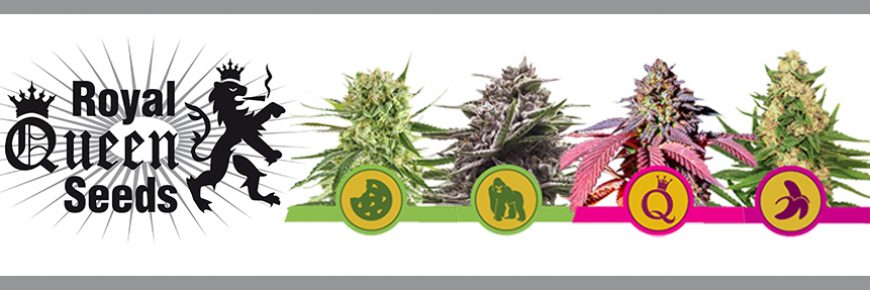
When it comes to growing marijuana, we must have clear concepts such as PPF, Par, Lumen and Lux de la lud that we provide, in this case we will focus on the dominant full spectrum Led Light suitable for growing plants, including of course, cannabis.
What is PPF and how to measure it
Photosynthetic photon flux density is equivalent to lux, but in PAR radiation. The PPFD measures the amount of PAR light that reaches plants, that is, the amount of photosynthetically active photons that fall on a certain surface every second. As with lux, it depends on the lamp, but also on the distance to the plants, the reflector or the reflection capacity of the walls.
The PPFD is measured at different points in the plant canopy and the unit of measurement is micromoles per square meter per second (μmol / m2/ s). It serves to know the true density of PAR photons received by plants and is the most useful data for the grower. It is basically calculated by dividing the PPF by the area in square meters.
For example, a 600 W APS lamp, gives about 90,000 lumens which is equivalent to a PAR of 1100 μmol / s and serves to illuminate approximately 1.5 m2 (typical area is 1.2 × 1.2 m), therefore the PPF is 1100 μmol / s, which gives a PPFD of 732 μmol / m2/s.
With this app para android you can measure PPFD and Lumens https://play.google.com/store/apps/details?id=com.homestudio.ppfdmeter&hl=es_419&gl=US
| TABLE 3 General values of PPFD recommended for the different phases of the culture (in μmol / m2/s) | |
| Rooting clones | 100-200 |
| Growth | 300-500 |
| Flowering | 400-900 |
DLI or full daylight
DLI: The daily light integral is a cumulative measure of the total amount of light (photons) that a surface receives during the photoperiod. It is measured in moles per square meter per day (mol / m2/ d). A mole is a huge number of photons, about 600 trillion (a 6 followed by 23 zeros). The DLI of a sunny summer day is 50-60 mol / m2/ d, while in winter it can be 10-20 mol / m2/ d. Most cultivated plants require between a DLI of between 25 and 40 mol / m2/ d to develop well and be productive.
Outdoors, the intensity of light varies throughout the day, it is very low at dawn and dusk (around 400 lux on a clear day) and much higher at noon when it can reach 100,000 lux. To find out the DLI, meters are used that record the PPFD every few minutes and calculate what the plants receive throughout the day.

Farmers who plant in greenhouses outside the summer season, calculate the DLI that the sun gives and add to the crop, by means of lamps, the amount of light necessary to raise the DLI to the level required by the species they are producing. .
Indoors, where the lamps illuminate with the same intensity throughout the day, calculating the DLI is very simple, just multiply the PPFD by the number of seconds of light in the photoperiod, and divide the number by a million to go from micromoles (μmol) to moles (mol).
The lumen (lm), measures the luminous flux, in other words, the light emitted by the source, be it the sun or a lamp, in the range between 400 and 700 nm. That is, it leaves out infrared light (which accounts for 50% of sunlight) and ultraviolet light (which is 8% of sunlight).
The lux (lx), is a unit of measurement of illuminance, that is, of the light that reaches a surface, 1 lux equals 1 lumen / m2. While the lumens produced by a lamp are a specific number, the lux received on a surface depend on the distance to the lamp, the reflector used or the amount of light reflected by the walls. The further away the light source is, the greater the covered area but the lower the number of lux or lumens per square meter.
To give us an idea, sunlight at noon in summer reaches a maximum of about 100,000 lux and the full moon, on a clear night, illuminates the earth’s surface with 0.25 lux. A well-lit office has 500 lux.
What is the ideal and maximum level of DLI / PPFD for the crop?
The light saturation point for the cannabis plants that endure the most light, Sativas, is around 1500 μmol / m2/ s, while indicas support less, generally no more than 1000-1200 μmol / m2/ s. In any case, the saturation point marks the maximum amount of light that they can take advantage of, but it is not necessarily the most suitable for growing, since with very high levels of light the efficiency decreases compared to high levels, but not so much. In other words, the production increases a lot when the PPFD rises from 500 to 1000 μmol / m2/ s, but between 1000 and 1500, although it also increases, it does so to a lesser extent, so it may be more interesting to increase the cultivated area while maintaining a PPFD of 800-1000 μmol / m2/ s, compared to holding the surface and raising the light intensity up to 1500 μmol / m2/s.
For plants to be able to take advantage of light, the higher the PPFD, the higher the temperature and humidity must be. At high levels of light the optimum temperature of the crop rises to 30ºC and the recommended humidity is 70 to 80%. Another important element for plants to be able to digest so much light is to maintain the highest CO2 level, around 1,000-1,200 ppm or even more, or to considerably increase ventilation so that air renewal is constant and the levels of CO2 available. do not come down.
Sources consulted: https://softsecrets.com/es/2018/03/26/dli-y-ppfd/








